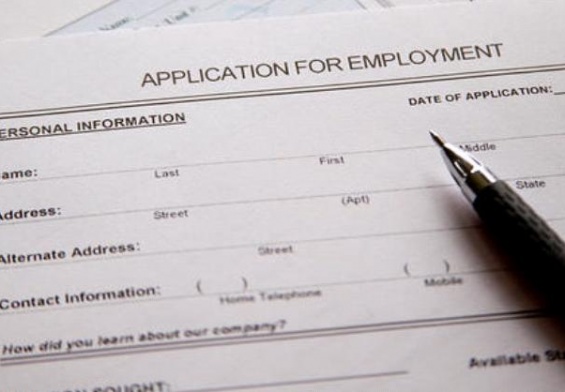Sexual harassment is an issue permeating numerous workplaces across the country and the world, with thousands of cases reported every year. The definition of sexual harassment includes a variety of unwelcome behaviors like sexual advances, asking for sexual favors, and other sexual verbal or physical conduct. Dealing with sexual harassment accordingly is important for both affected employees and keeping the work environment respectful and productive. Understanding sexual harassment and how it’s legally defined allows better recognition, prevention, and actions taken against this conduct, promoting safety and inclusivity in the workplace.
Legal Definitions and Framework
Title VII of the Civil Rights Act of 1964, defines sexual harassment as unwelcome sexual advances, requests for sexual favors, and other verbal or physical conduct of a sexual nature. Behaviors like inappropriate touching, suggestive comments, and offensive jokes make good examples of sexual harassment. Furthermore, sexual harassment’s legal definition goes further than just sexual advances. The legal definition also includes harassment based on sex in any forms, such as derogatory remarks about someone’s gender or sexual orientation. This legal framework protects people from several discriminatory workplace behaviors, making sure all employees’ work environments are free from harassment and intimidation.
Types of Sexual Harassment
There are two primary forms of sexual harassment: quid pro quo and hostile work environment. Quid pro quo harassment occurs when accepting or denying sexual advances or requests for sexual favors changes employment decisions, such as promotions or job security.
In contrast, a hostile work environment is created when there’s unwelcome conduct so severe or pervasive enough that it makes the work environment intimidating, hostile, or offensive. Some good examples include inappropriate touching, offensive jokes, or derogatory comments about someone’s gender. A hostile work environment is determined by looking at elements including the frequency, severity, and impact of the unwanted behavior on the victim’s work performance.
Statistics and Impact
Sexual harassment is an ongoing issue, as demonstrated by recent sexual harassment statistics. There were 7,609 charges filed in fiscal year 2018, which is a dramatic increase from 6,696 in FY 2017. Most of these claims were filed by women at 78.2%. This sexual harassment statistic highlights the difference between genders in sexual harassment cases. Additionally, many sexual harassment charges are accompanied by other forms of workplace harassment like race discrimination and retaliation, demonstrating the dramatic impact workplace harassment has on victims’ professional lives and mental health.
Reporting and Addressing Sexual Harassment
Reporting sexual harassment involves using internal workplace mechanisms, such as HR departments, or external bodies like the Equal Employment Opportunity Commission (EEOC), which handle formal complaints of sexual harassment. Employers are responsible for maintaining safety in their work environments through strong anti-harassment policies, regular training sessions, and prompt, thorough investigations of complaints. Victims of sexual harassment are legally compensated with financial damages, reinstatement of their employment if it was adversely affected, and changes in workplace policy to prevent future occurrences of sexual harassment or workplace harassment.
Sexual Harassment Prevention Strategies
Keeping sexual harassment out of the workplace involves effective training programs teaching employees about harassment, how to recognize it, and how to respond to it. Encouraging bystander intervention gives employees the power to speak up and make their voices heard whenever they witness any inappropriate behavior.
Additionally, it’s important to put respect and zero tolerance toward harassment of any kind at the forefront of workplace culture. This includes clear policies, regular reminders of behavioral expectations, and a commitment from company leadership to in preventing sexual harassment in all its forms.
Addressing Sexual Harassment in the Future
Addressing sexual harassment is an important tool for creating safety and respect in any work environments. By understanding its forms, legal definitions, and the dramatic impact sexual harassment has on its victims, we can prevent it and address it when it does happen. Employers and employees need to commit to maintaining a harassment-free workplace. This can be done through comprehensive training, strong reporting mechanisms, and zero tolerance toward sexual harassment. Together, we can make sure everyone works without the fear of being harassed, so they can be treated equally and with respect in all professional settings.




